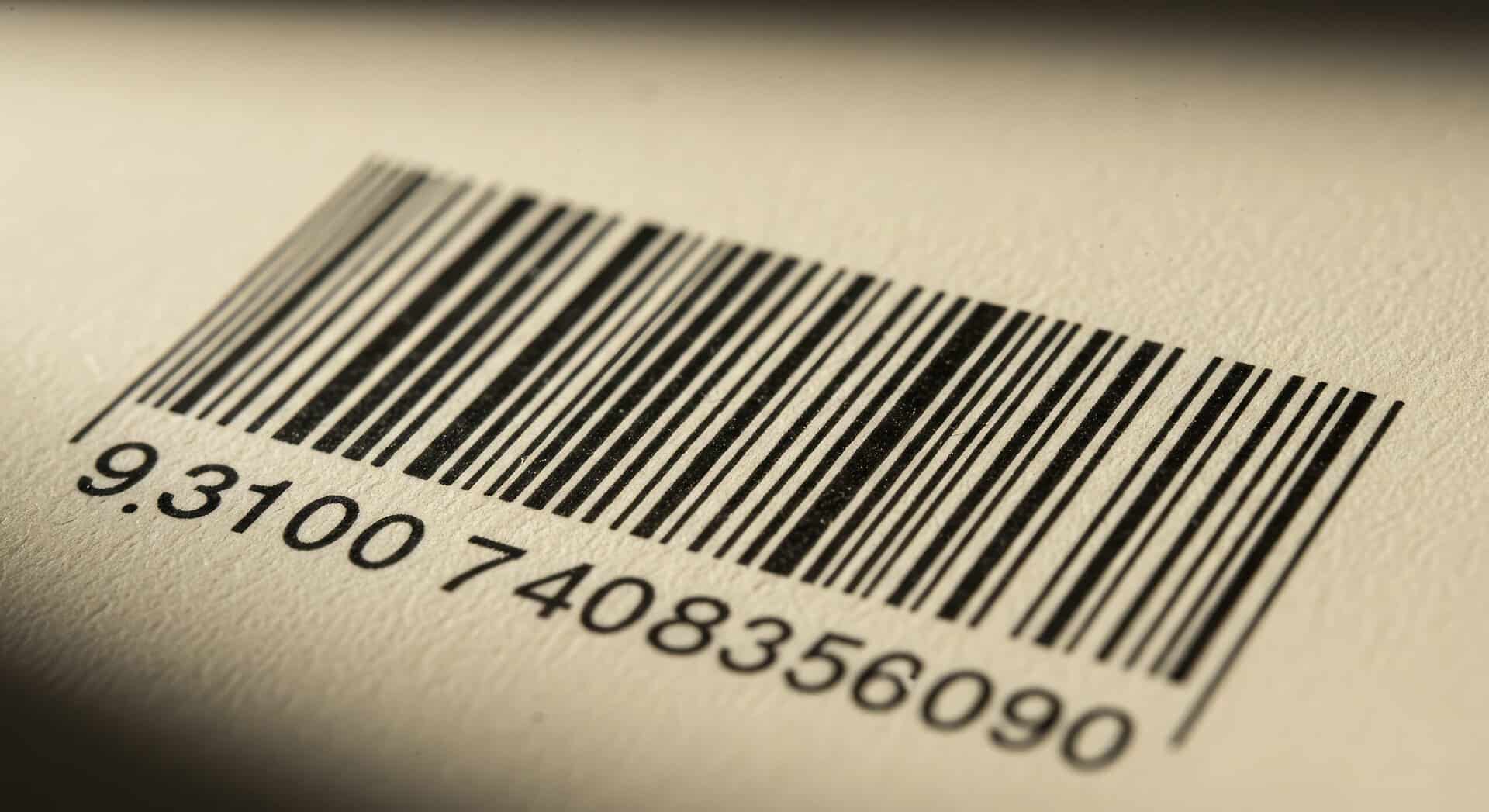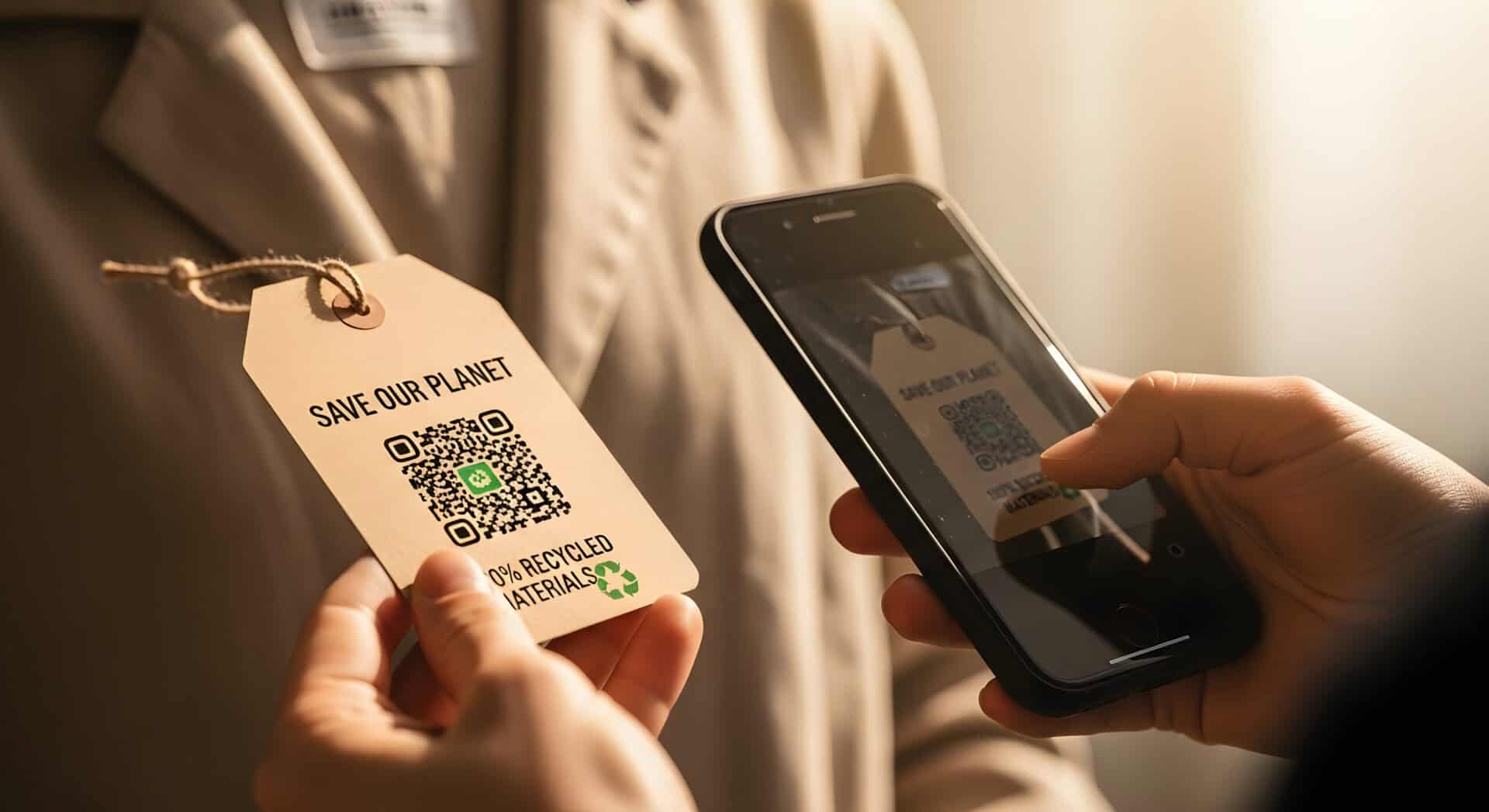Preventive Controls
The focus of the new law truly revolves around taking more preventive measures for food handling — from farm to table. The Food Safety Modernization Act mandates that food suppliers create a plan of action for preventing food contamination. This requires that suppliers evaluate all potential food hazards and points of possible food corruption. Then suppliers will need to specify steps to prevent contamination and how they plan to monitor their prevention plan. The act requires routine records of their prevention monitoring and a plan of action if a problem occurs.
As part of the Food Safety Modernization Act, the Food & Drug Administration (FDA) will define mandatory produce safety standards for the safe production, harvesting, and distribution of fruits and vegetables. The act will also establish the FDA’s authority to prevent intentional adulteration of food as a result of sabotage, terrorism, or other illegal and intentionally harmful means.
Inspection and Compliance
The Food Safety Modernization Act introduces, for the first time, FDA regulations that mandate inspection frequency for food suppliers, determined by the level of risk. High-risk domestic foods—those identified by the FDA as most susceptible to contamination—must be inspected within five years of the Act’s enactment and at least every three years afterward. All other facilities are required to undergo inspection within seven years of the bill’s signing and then at least once every five years. Just as the FDA relies on structured processes to ensure food safety, businesses across industries use tools like mobile device management solutions to maintain compliance, reduce risks, and safeguard operations.
This part of the act also provides the FDA to access food suppliers’ records, including industry food safety plans and records of their implementation. The FDA will also be establishing an accreditation standard for laboratories to ensure that all food testing is carried out with high-quality specifications.
Imported Food Safety
To ensure imported goods are safe for consumers, the Food Safety Modernization Act encourages foreign suppliers to meet the same standards of U.S. products. The FDA will hold importers accountable for the safety of the food from foreign suppliers and establish a third-party certification program, whereby foreign facilities can certify that their facilities comply with U.S. standards. Additionally, modern tools such as RFID technology can be used to enhance traceability and monitoring, ensuring that food safety standards are consistently met throughout the supply chain.
The FDA will also be authorized to mandate that high-risk imported foods must be accompanied by this certification as a condition of entry into the U.S. Importers can participate in a voluntary program that provides for expedited review and entry of foods from participating importers. If foreign facilities refuse the FDA access for inspection, products can be denied entry into the U.S.
Response
The FDA will now have the authority to create mandatory recalls of food in the case of contamination or illness. Administrative detention (which prevents food suspected of being contaminated from being moved) now has a more flexible standard, so if the FDA has “reasonable belief,” they can isolate products to protect consumer safety.
If the FDA determines a product poses a threat to the health of consumers, it can suspend the facilities registration, which essentially shuts down operations completely. As an added safety feature, the Food Safety Modernization Act establishes increased tracing abilities and additional record keeping for high risk foods.
Enhanced Partnerships
Due to the extended responsibilities of the FDA under the Food Safety Modernization Act, the act will establish a formal system of collaboration with other government agencies, both foreign and domestic. These include state and local, foreign, and inter-agencies.
Although the process for implementing these new standards may be a long and complicated process, the added regulations aim to protect facilities and consumers from exposure to contaminated products.


